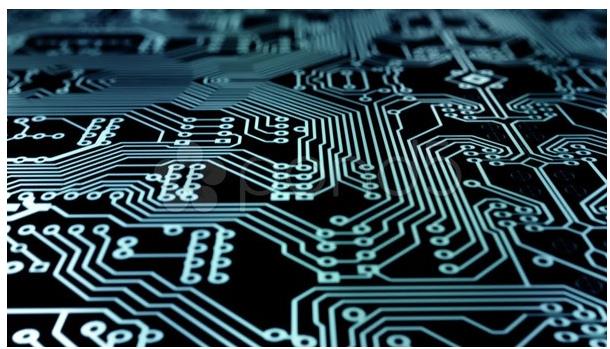Introduction
According to different technologies, it can be divided into two categories: elimination and increase.
Subtraction
Subtractive is the use of chemicals or machinery to remove unnecessary areas on a blank circuit board (that is, a circuit board covered with a complete piece of metal foil), and the remaining space is the required circuit.
Screen printing: The pre-designed circuit diagram is made into a screen mask, the unnecessary circuit parts on the screen will be covered by wax or impermeable materials, and then the screen mask is placed on the blank circuit board, and then on the silk screen. The protective agent on the oil on the network will not be corroded. Put the circuit board in the corrosive liquid, and the parts that are not covered by the protective agent will be eroded away. Finally, the protective agent is cleaned.
Photosensitive plate: Make the pre-designed circuit diagram on the transparent film mask (the easiest way is to use the transparencies printed by the printer), and the required parts should be printed in opaque colors, and then on the blank circuit Coat photosensitive paint on the board, place the prepared film mask on the circuit board and irradiate it with strong light for several minutes. After removing the mask, use the developer to display the pattern on the circuit board, and finally it is the same as the screen printing method. Corrupt the circuit.

Engraving: Use a milling machine or laser engraving machine to directly remove unnecessary parts on the blank circuit.
Additive method
Additive method (Additive), now it is common to cover a substrate plated with thin copper in advance, cover it with photoresist (D/F), expose it by ultraviolet light and then develop it to expose the necessary places, and then use electroplating to remove the circuit board The copper thickness of the formal circuit is increased to the required specification, and then a layer of anti-etching resist-metal thin tin is plated, and finally the photoresist is removed (this process is called film removal), and then the copper foil under the photoresist The layer is etched away.
Layered Method
The build-up method is one of the methods for making multilayer printed circuit boards. The outer layer is wrapped after the inner layer is made, and then the outer layer is processed by subtraction or addition. The operation of the build-up method is repeated continuously to obtain a multilayer printed circuit board with multiple layers, which is the sequential build-up method.
Inner layer production
Laminated knitting (that is, the action of bonding different layers) Laminated completion (the outer layer of the subtractive method contains a metal foil film; the additive method) drilling
Subtraction
Panel electroplating method The whole PCB electroplating method adds a resist layer (to prevent it from being etched) on the place to be reserved on the surface to remove the resist layer.
Pattern plating method
Add the surface of the barrier layer to a certain thickness where you don't want to keep the surface, remove the barrier layer and etch until the unnecessary metal foil film disappears
Additive method
Make the surface roughening, full-additive method, add a barrier layer where no conductor is needed, and use electroless copper to form part of the circuit. Semi-additive method, cover the entire PCB with electroless copper where no conductor is needed Add the electrolytic copper plating of the barrier layer to remove the barrier layer and etch until the original electroless copper disappears under the barrier layer
Build-up method
The build-up method is one of the methods of making multilayer printed circuit boards, as the name suggests is to add printed circuit boards layer by layer. Each layer is added and processed to the desired shape.